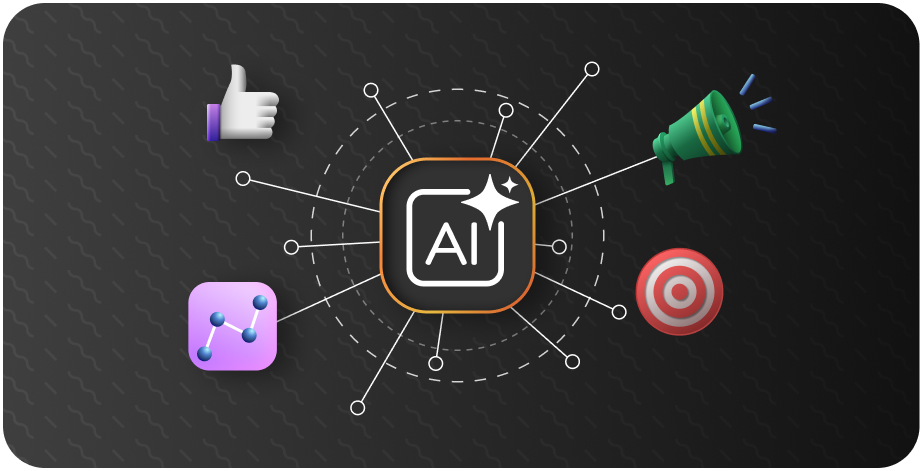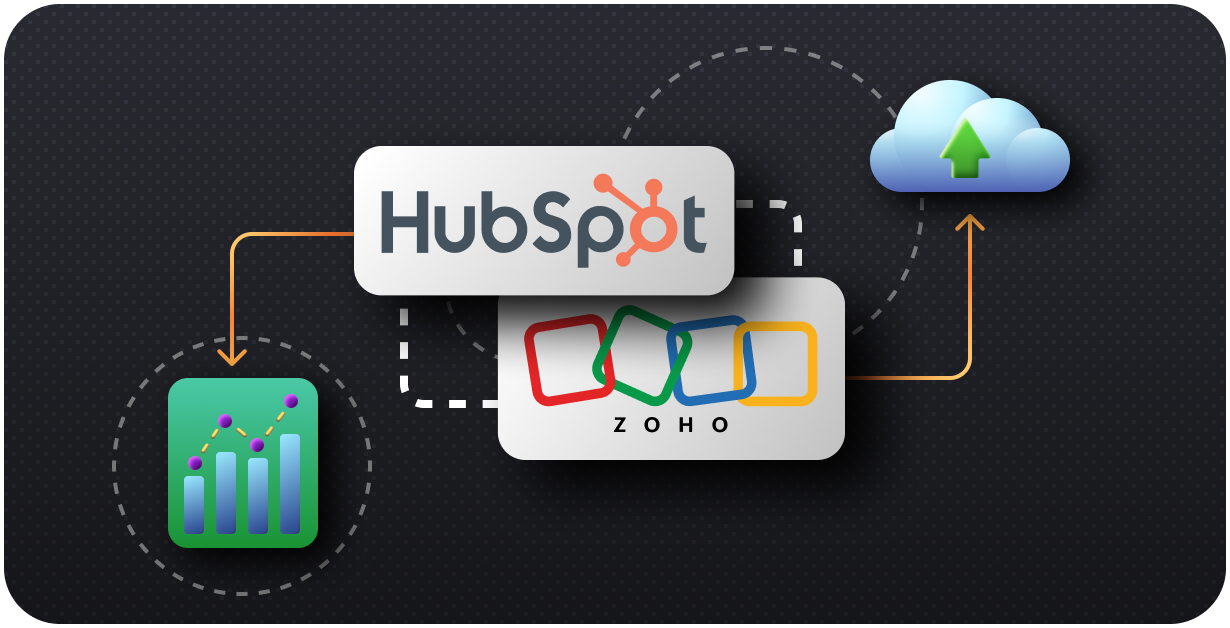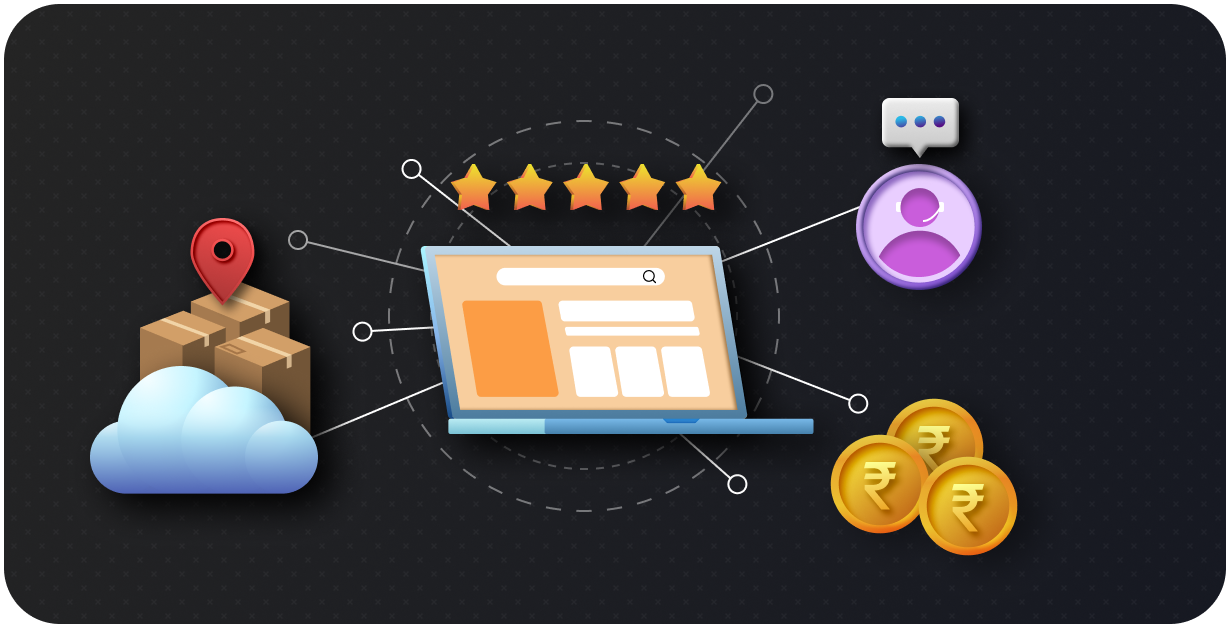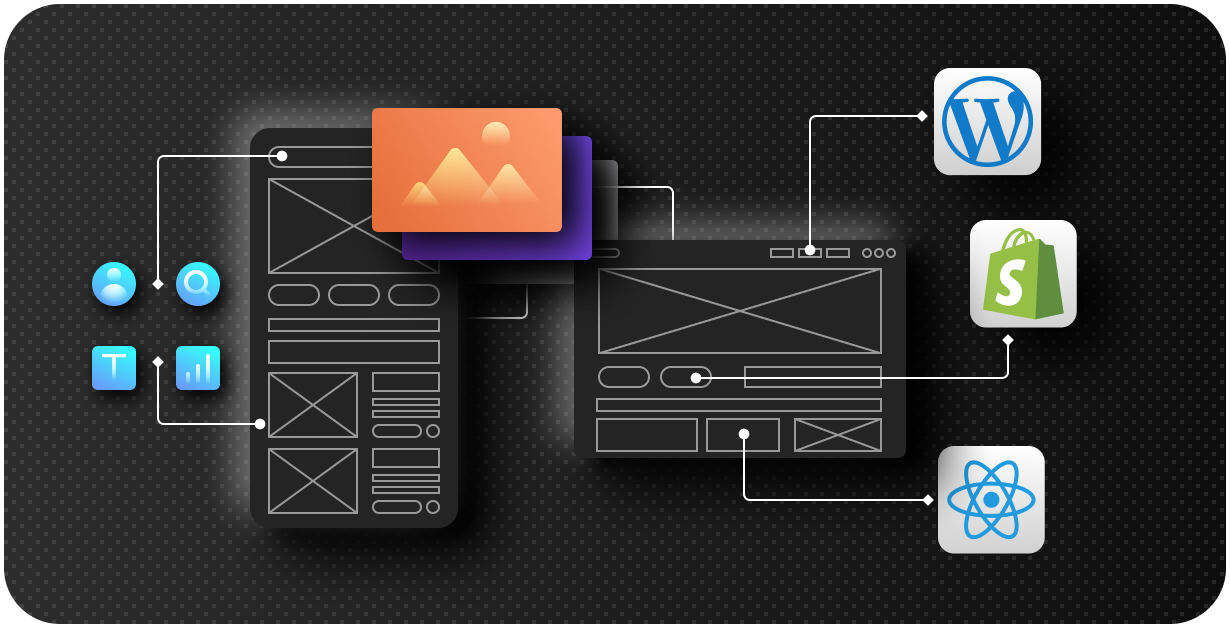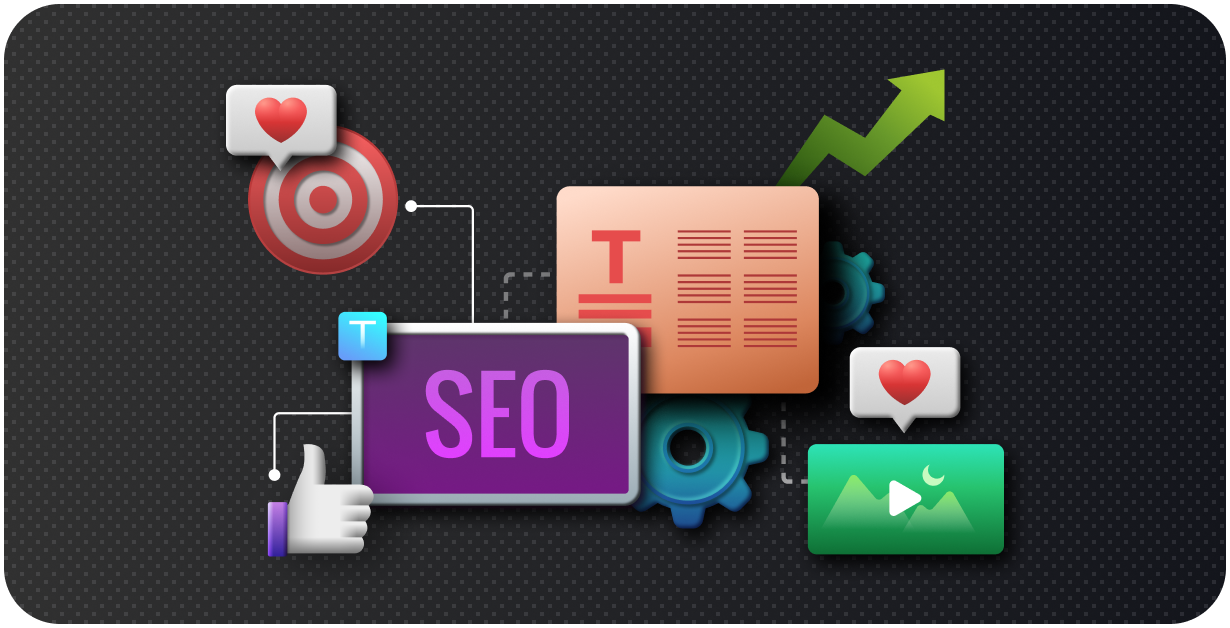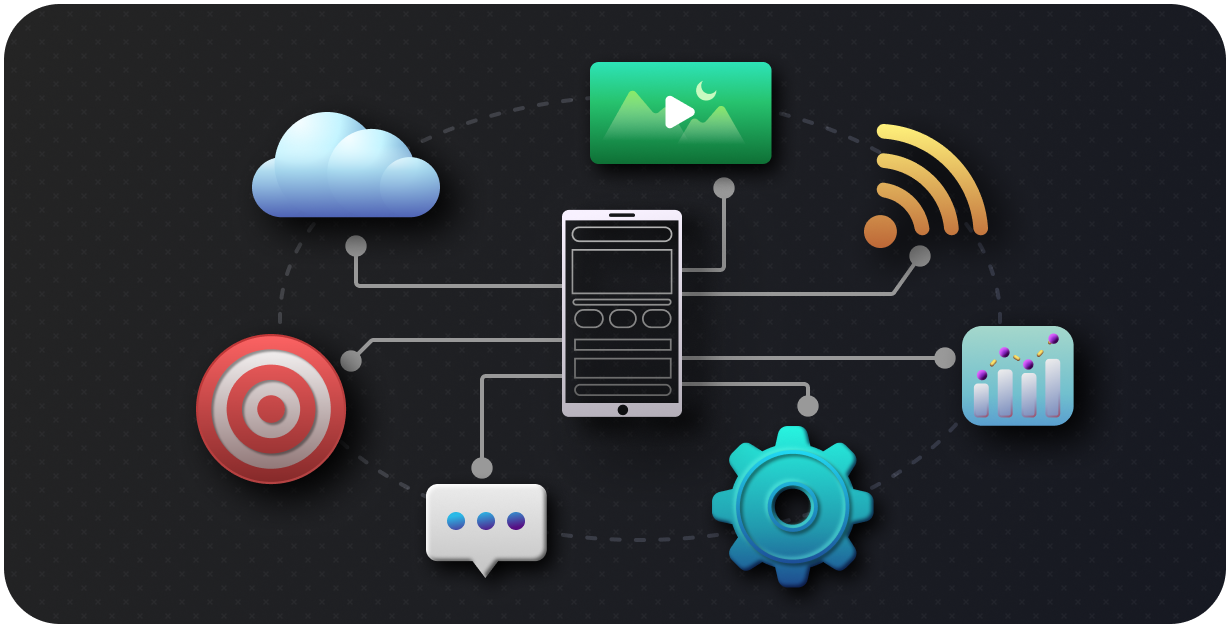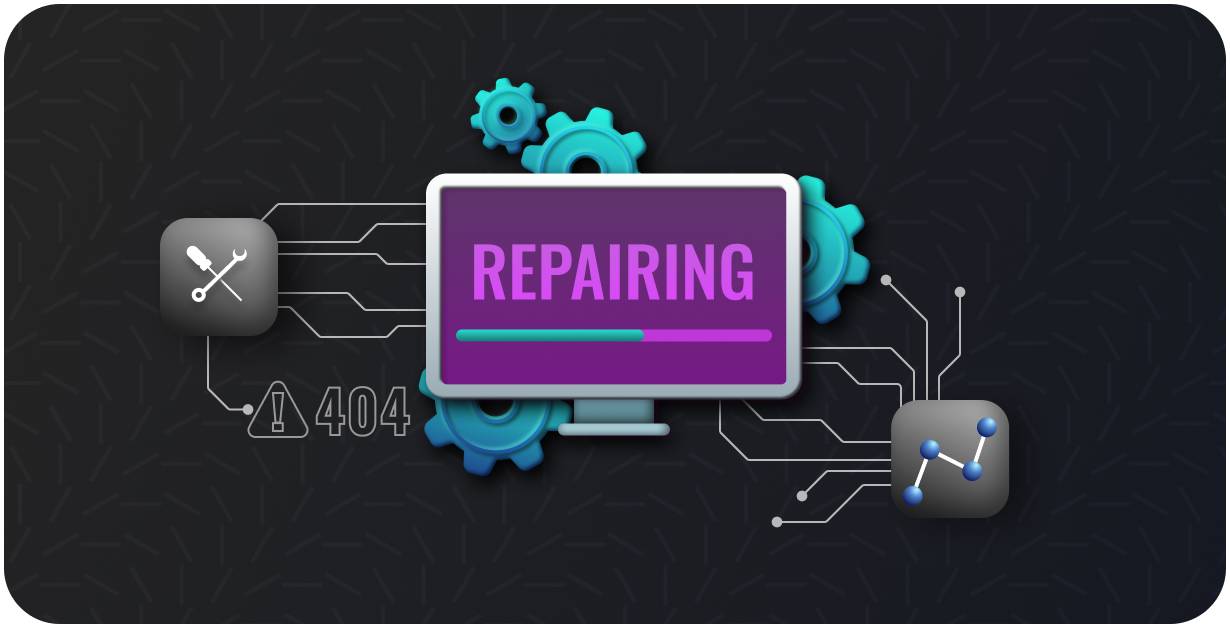Websites that mean business
Make Your Brand Rise Online
What We do
We provide enterprise-level
solutions to reshape your business.
We provide enterprise-level solutions to reshape your business.
At Codebiosis, it's our mission to transform your brand into its best digital version. We focus on a customer-centric approach to create engaging, interactive, and immersive experiences that deliver top-notch results.




















































































































































































































































































































































































Our Solutions
Our Work
Our Approach
Build. Innovate. Grow.
We build strong digital foundations, innovate with the latest technology, and drive growth by boosting traffic and engagement. Our mission is to turn your digital goals into real-world success.
Our Stats
Numbers don’t lie. We have an unparalleled track record of digital excellence.
0+
Succeeded Projects
0+
Working hours were spent
0+
Stores Optimized
Resources
Dominate the E-commerce World with a Stunning Shopify Design System
10min read

What Does an SEO Agency Do ?
15min read

What Is the Cost of Building an eCommerce Website in India ?
10min read

The Power of Social Media for Restaurant
10min read

Certified Partners
Our Offices
We're Located At

USA
16192 Coastal, Lewes, Delaware 19958, Sussex County, USA
Bengaluru
NO.11 (407/52) 28TH CROSS, 11th Main Rd, 4th Block, Jayanagar, Bengaluru, Karnataka 560011
Lucknow
302-03, 3rd Floor, Aakriti Tower, Vidhan Sabha Marg, Hazratganj, Lucknow, Uttar Pradesh 226018
Stay Updated !
North India • South India • USA
+91 6307 080 414
sales@codebiosis.com

© 2025, CodeBiosis Private Limited.
